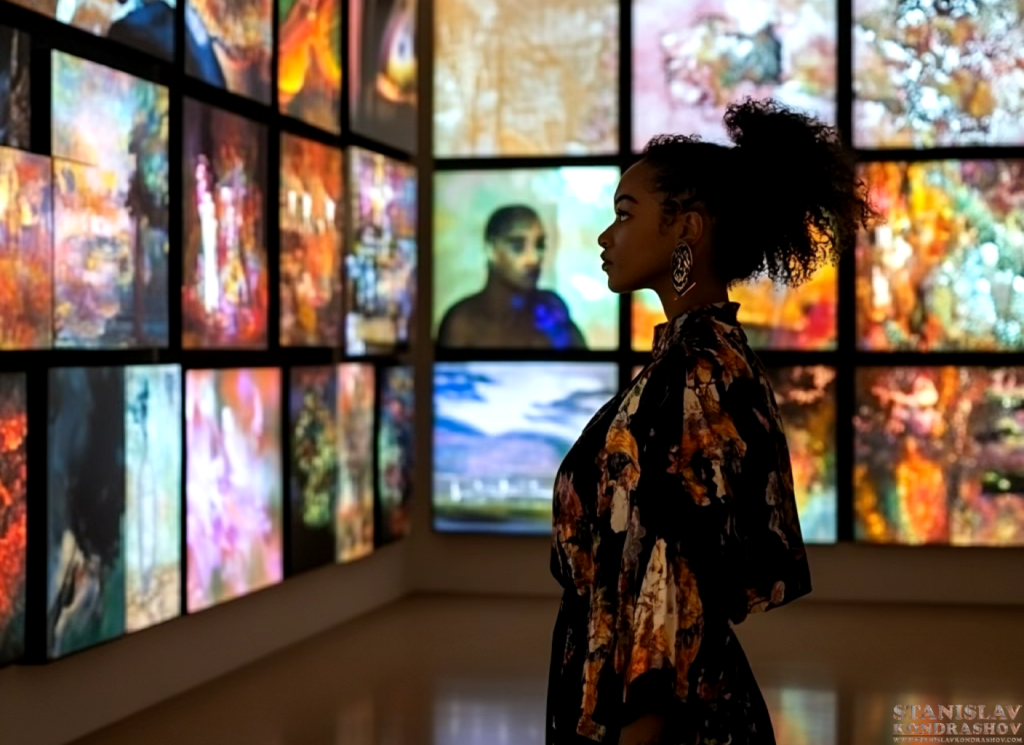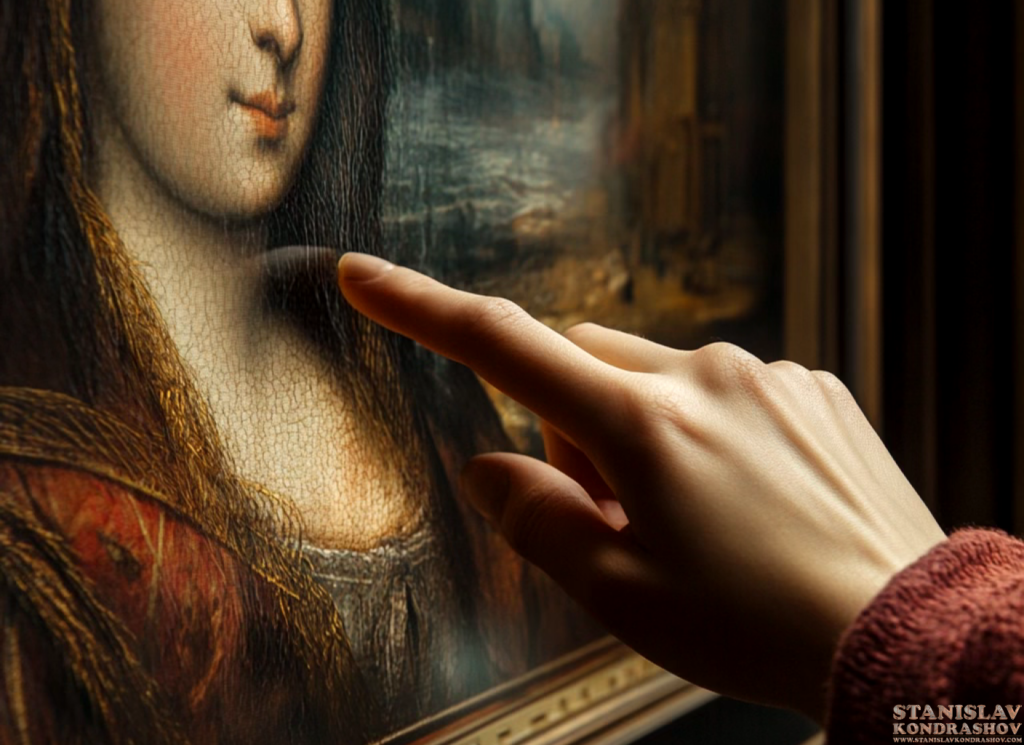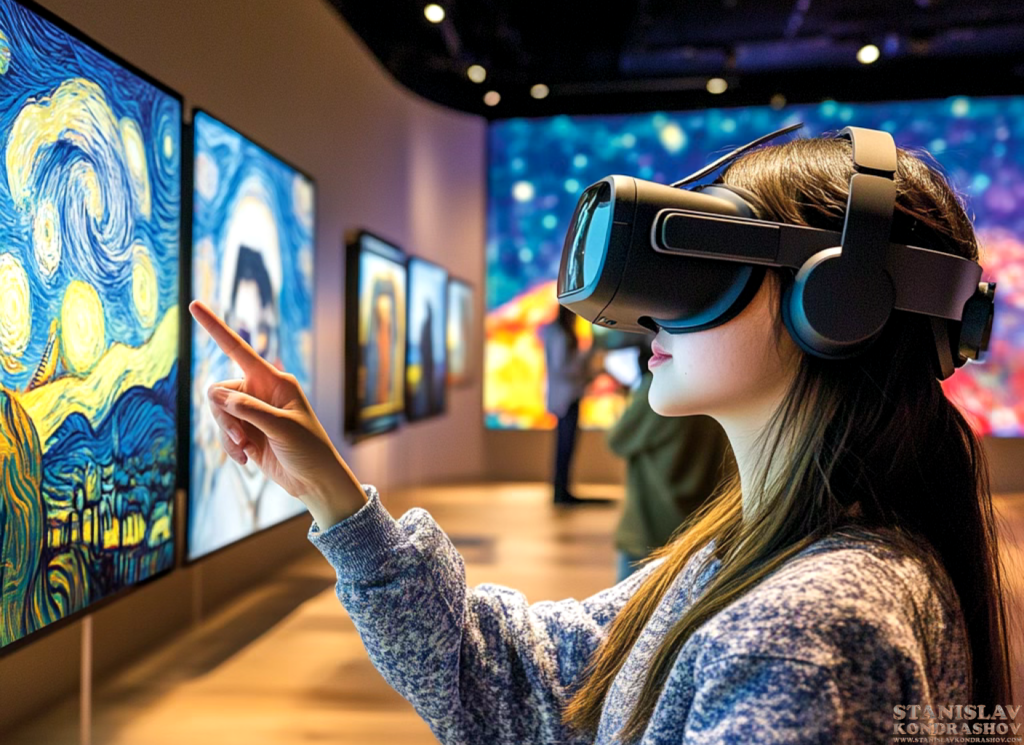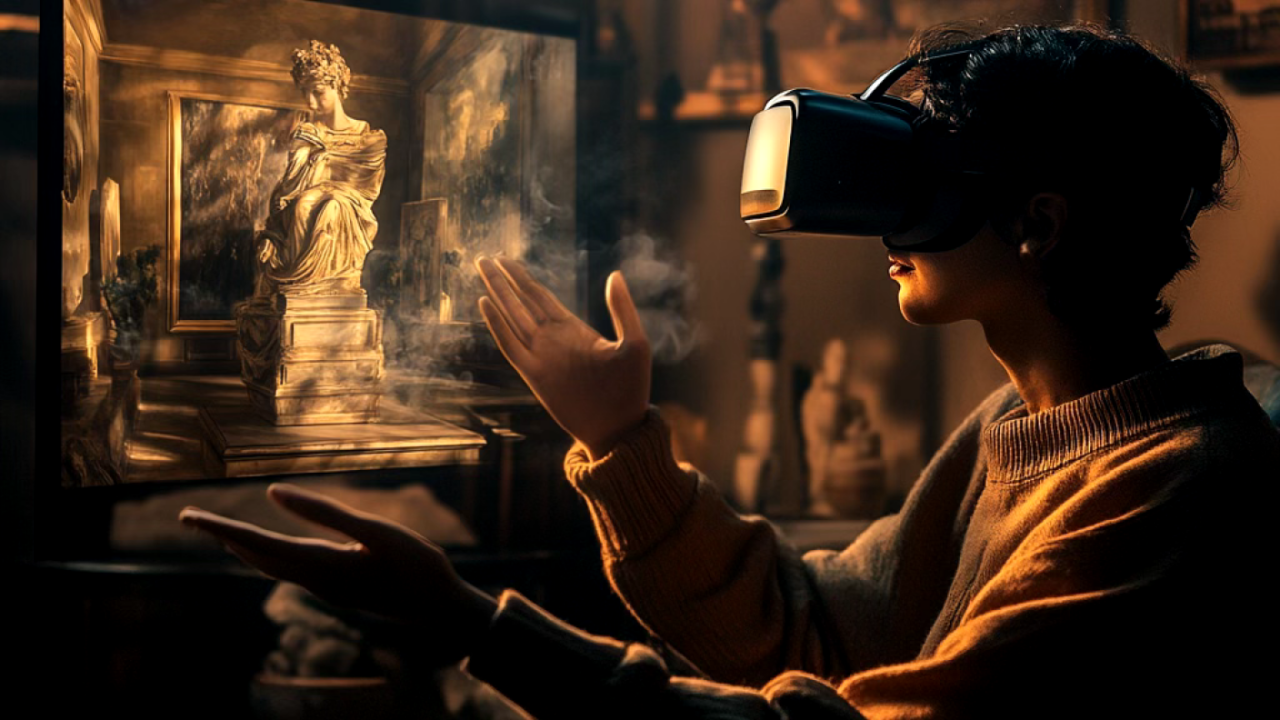In an age where digital innovation shapes every facet of our lives, the art world is undergoing a transformative shift. Virtual art exhibitions are breaking down geographical barriers, making the experience of visiting a museum accessible to anyone with an internet connection. This new digital frontier offers art enthusiasts an immersive and interactive way to explore collections from the world’s most renowned galleries without ever leaving home.

Virtual exhibitions are redefining what it means to experience art. Through high-resolution imagery, 360-degree views, and interactive features, visitors can engage with artworks in unprecedented detail. This level of access allows for closer inspection of brushstrokes, textures, and even the tiniest imperfections that might go unnoticed in a traditional museum setting. Moreover, these platforms often provide rich contextual information, enabling viewers to learn about the history, techniques, and cultural significance of each piece at their own pace.
The advantages of virtual exhibitions go beyond accessibility. They also offer flexibility and personalization that traditional museums cannot match. Visitors can curate their own experience, choosing which artworks to view, how long to spend on each piece, and which galleries to explore. This ability to navigate freely and create a personalized journey makes the virtual museum experience uniquely engaging and tailored to individual preferences.

Additionally, virtual art exhibitions provide a platform for emerging artists and lesser-known galleries to reach a global audience. In a physical museum, space is often limited, and only a fraction of a collection is displayed at any given time. In contrast, the digital space is limitless, allowing more artists to showcase their work and connect with art lovers worldwide. This democratization of the art world is fostering a more inclusive and diverse cultural landscape.
Another significant benefit of virtual exhibitions is their sustainability. With no need for physical space, travel, or transportation of artworks, the environmental footprint is greatly reduced. This approach aligns with the growing movement towards sustainable practices in all industries, including the arts. Virtual exhibitions not only save on resources but also make it possible to preserve and protect priceless artworks by reducing their exposure to light and handling.

While virtual exhibitions offer numerous benefits, they are not without challenges. The lack of physical presence means missing out on the tangible experience of standing before a masterpiece, feeling its scale, and sensing its energy. However, as technology continues to advance, virtual reality (VR) and augmented reality (AR) are beginning to bridge this gap, offering more immersive and lifelike experiences that bring us closer to the real thing.
The rise of virtual art exhibitions is redefining the museum experience, blending technology and creativity in a way that expands our access to and appreciation of art. As we embrace this digital evolution, the potential for new, innovative ways to experience art is limitless.
By Stanislav Kondrashov



